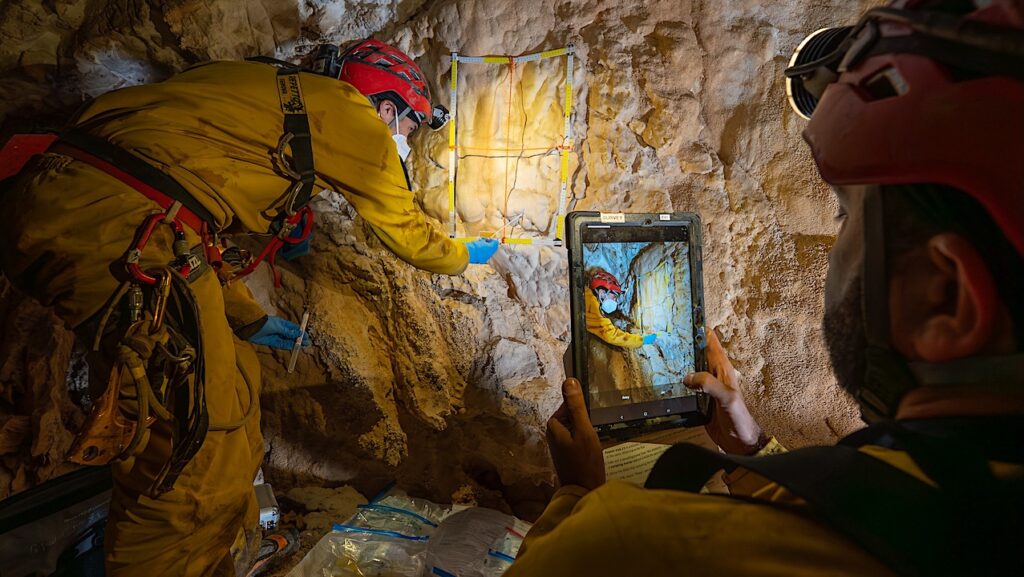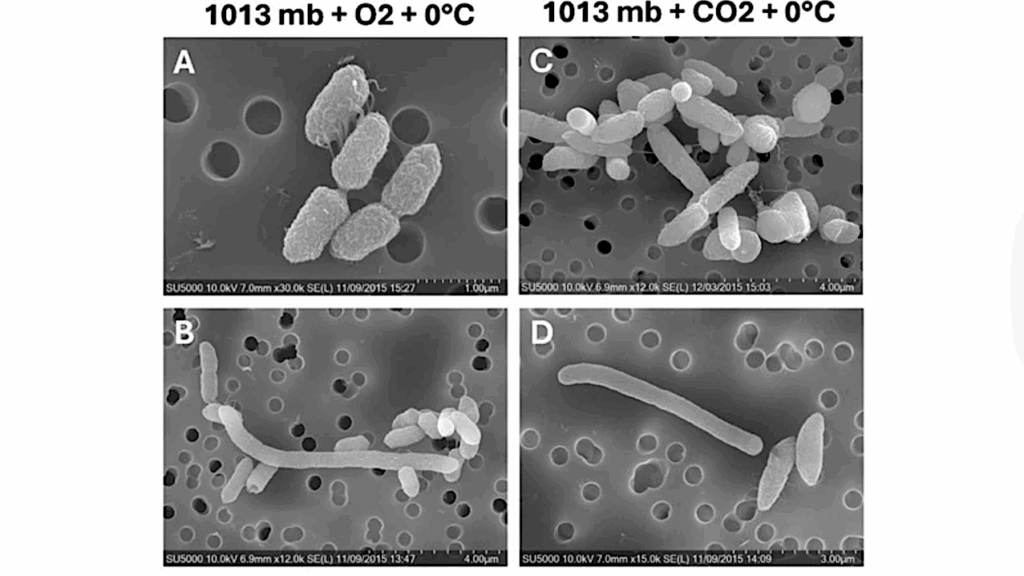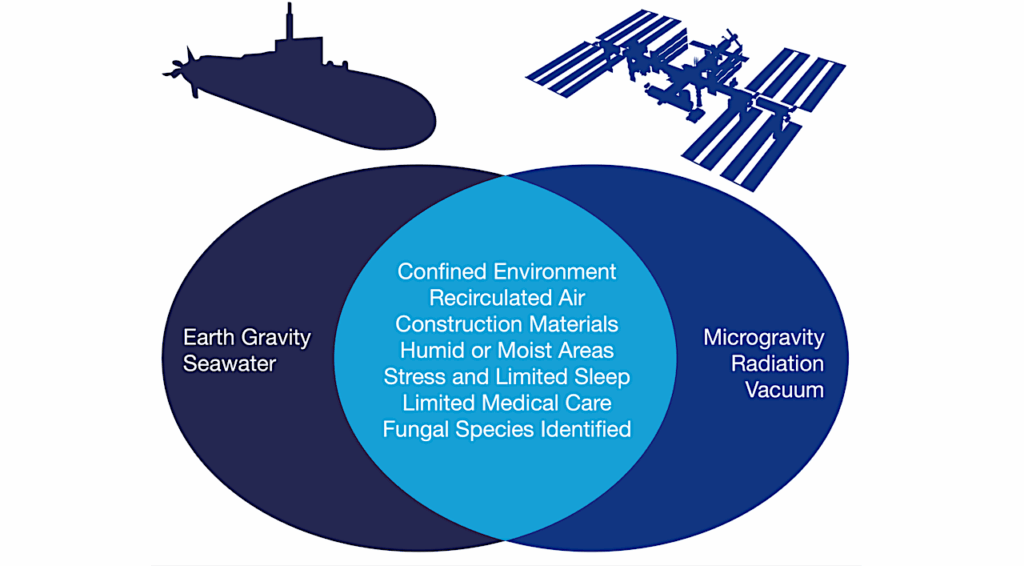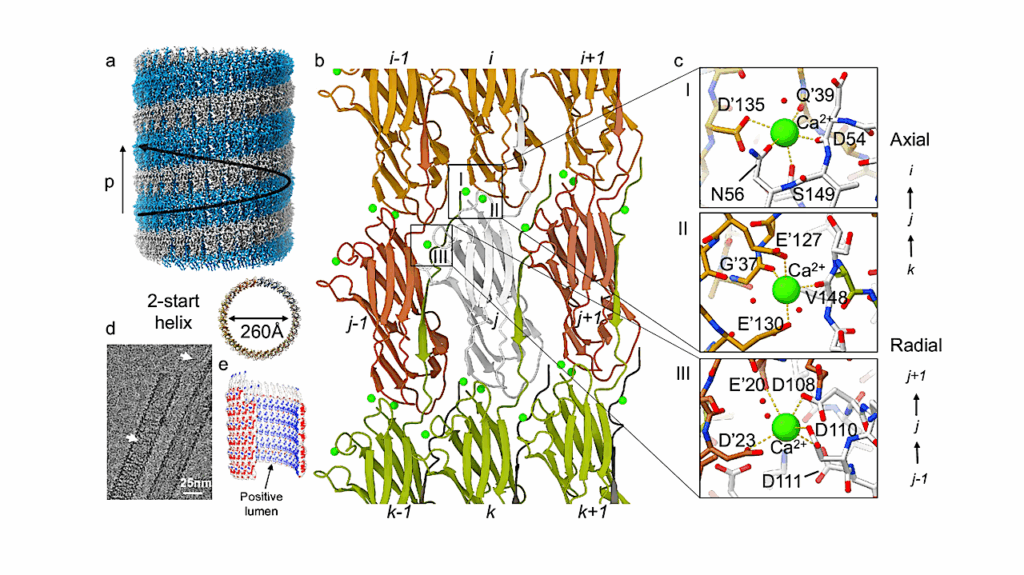Electricity From Electric Eels May Transfer Genetic Material To Nearby Animals
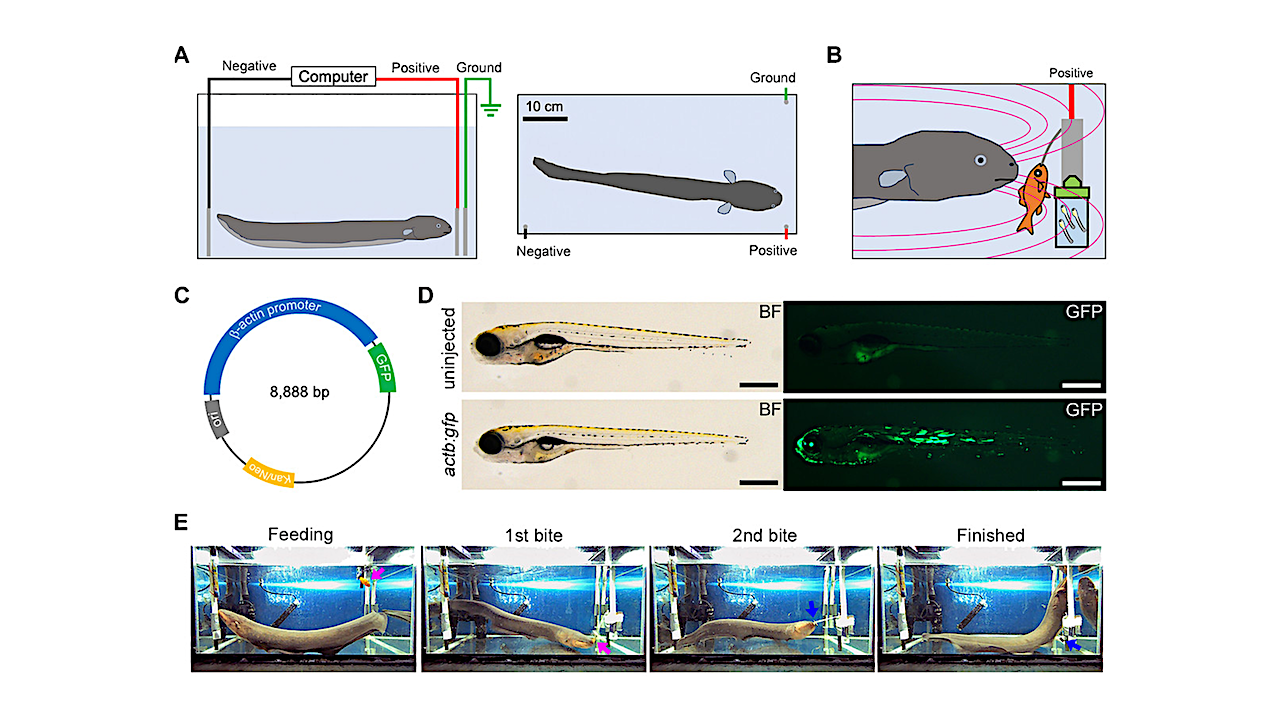
Editor’s note: as is stated in this press release, electroporation is a well-known way to deliver genetic information into a cell – in the laboratory. The fact that this happens in at least one natural instance may have no significance or it may represent one way that lateral gene transfer can occur. Given the small number of species that create such electrical fields this may be a rare phenomena. Or maybe it is not. Yet, if happens on Earth could it happen more frequently in life forms on other worlds?
_____________
The electric eel is the biggest power-making creature on Earth. It can release up to 860 volts, which is enough to run a machine. In a recent study, a research group from Nagoya University in Japan found electric eels can release enough electricity to genetically modify small fish larvae. They published their findings in PeerJ – Life and Environment.
The researchers’ findings add to what we know about electroporation, a gene delivery technique. Electroporation uses an electric field to create temporary pores in the cell membrane. This lets molecules, like DNA or proteins, enter the target cell.
The research group was led by Professor Eiichi Hondo and Assistant Professor Atsuo Iida from Nagoya University. They thought that if electricity flows in a river, it might affect the cells of nearby organisms. Cells can incorporate DNA fragments in water, known as environmental DNA. To test this, they exposed the young fish in their laboratory to a DNA solution with a marker that glowed in the light to see if the zebrafish had taken the DNA. Then, they introduced an electric eel and prompted it to bite a feeder to discharge electricity.
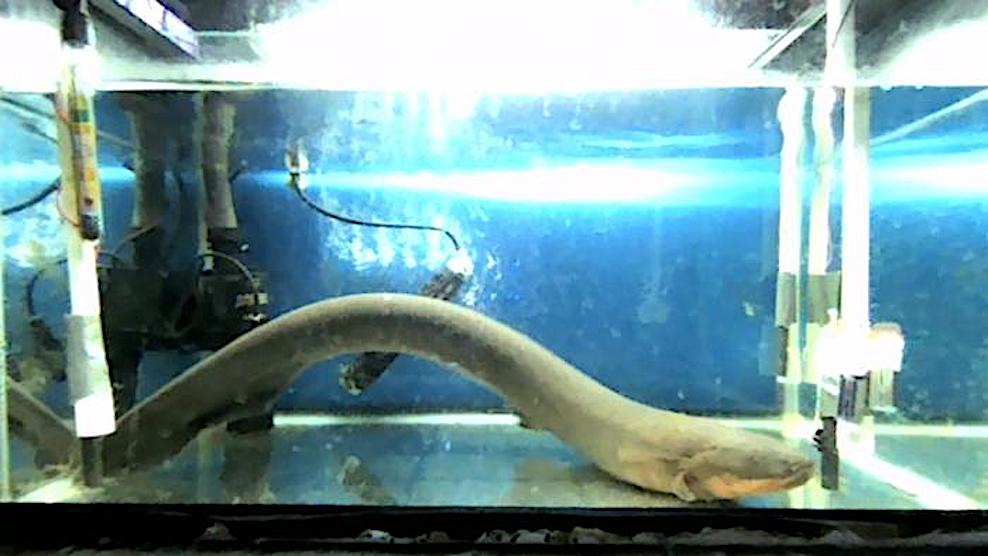
Researchers discovered that electric eels, the biggest power-making creature on Earth, can release enough electricity to genetically modify small fish larvae. CREDIT Shintaro Sakaki
According to Iida, electroporation is commonly viewed as a process only found in the laboratory, but he was not convinced. “I thought electroporation might happen in nature,” he said. “I realized that electric eels in the Amazon River could well act as a power source, organisms living in the surrounding area could act as recipient cells, and environmental DNA fragments released into the water would become foreign genes, causing genetic recombination in the surrounding organisms because of electric discharge.”
The researchers discovered that 5% of the larvae had markers showing gene transfer. “This indicates that the discharge from the electric eel promoted gene transfer to the cells, even though eels have different shapes of pulse and unstable voltage compared to machines usually used in electroporation,” said Iida. “Electric eels and other organisms that generate electricity could affect genetic modification in nature.”.

DNA of zebrafish larvae have been modified (shown in green) by the electricity from the eel. (Zebrafish and highlighted GFP images are overlayed) CREDIT Shintaro Sakaki
Other studies have observed a similar phenomenon occurring with naturally occurring fields, such as lightning, affecting nematodes and soil bacteria. Iida is very excited about the possibilities of electric field research in living organisms. He believes these effects are beyond what conventional wisdom can understand. He said, “I believe that attempts to discover new biological phenomena based on such “unexpected” and “outside-the-box” ideas will enlighten the world about the complexities of living organisms and trigger breakthroughs in the future.”
Electric organ discharge from electric eel facilitates DNA transformation into teleost larvae in laboratory conditions, Zoological Science (Open access)
Astrobiology, genomics,



